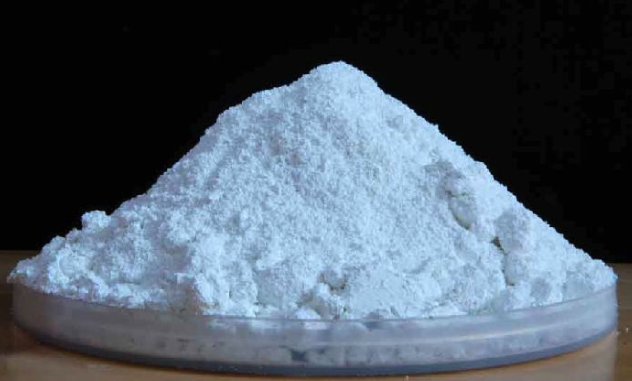Dysprosium oxide(Dy2O3) is oxide of one the lanthanides called dysprosium. Dysprosium oxide also called as dysprosia, dysprosium trioxide and didysprosium trioxide. Dysprosium oxide has a pastel yellowish-greenish color and white colors. Dysprosium oxide is almost not soluble in water and thermally stable compound. Dysprosium oxide has a high melting temperature which 2408oC. Below 1870oC dysprosium oxide has a cubic structure which has commercial applications. At higher temperatures dysprosium oxide may have monoclinic or hexagonal structures. And thanks to its hygroscopicity, dysprosium oxide has specialized uses in ceramics, glass, phosphorous, lasers and dysprosium metal halide lamps. Dysprosium oxide has a magnetic, optical, fluorescence and paramagnetic properties.

Dysprosium oxide is used as optical coating for ceramic lamp envelopes
Dysprosium oxide is used as protective layer for optical components
Dysprosium oxide is used as magnetic nanoparticles with several applications due to its magnetic property
Dysprosium oxide is used as a high surface area for catalytic compounds
Dysprosium oxide is used in biomedicine to locate, diagnose and treat diseases
Dysprosium oxide is used in research of cancers, new drug screening and the delivery of drug applications
Comments
Post a Comment